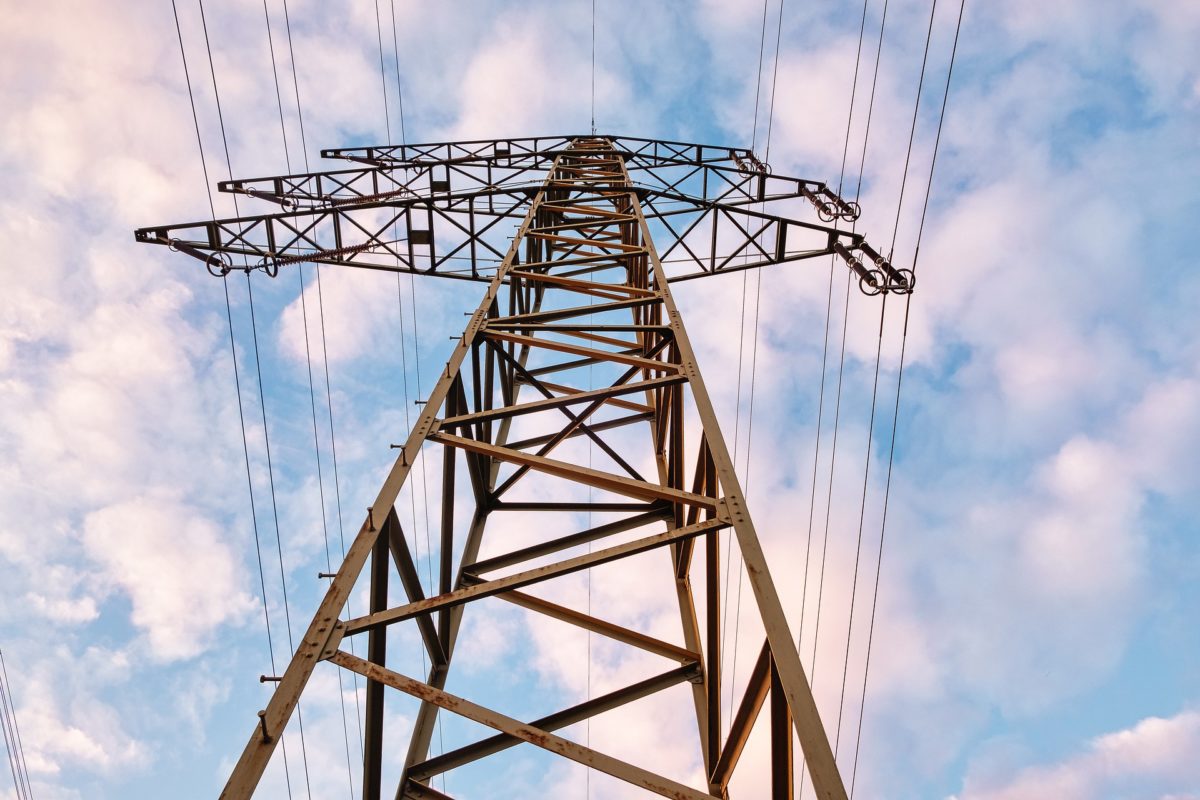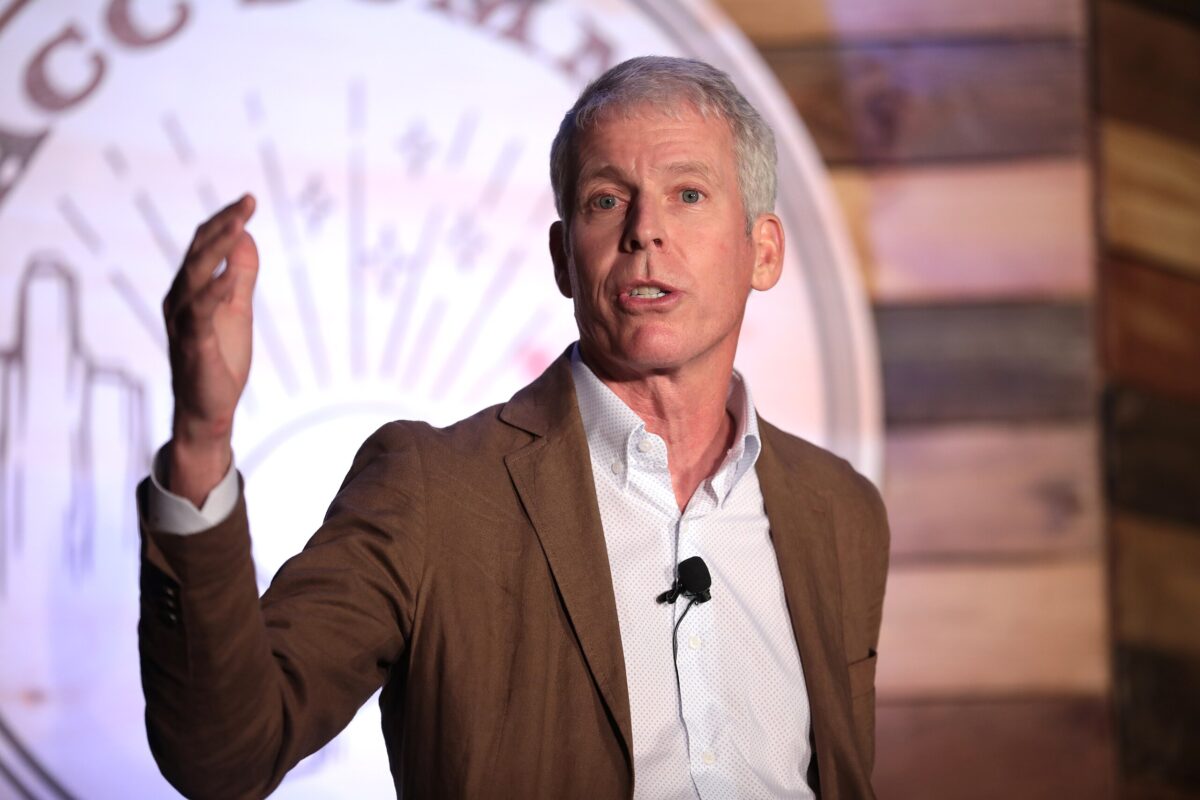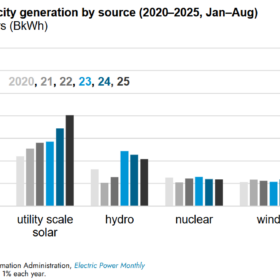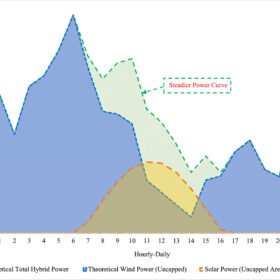The Public Advocates Office (PAO) for the California Public Utilities Commission (CPUC) has released a proposal to add a monthly fixed charge on electric utility bills that is based on income level.
The rate change is designed to lower bills for the lowest-income residents, while aligning billing more directly with utility costs.
PAO’s recommendation for the Income Graduated Fixed Charge places fees between $22 per month and $42 per month in the three major investor-owned utilities’ territories for customers not enrolled in the California Alternative Rates for Energy (CARE) program. CARE customers would be charged between $14 per month and $22 a month, depending on income level and territory, as seen below.

For households earning $50,000 or less per year, the fixed charge would be $0, but only if the California Climate Credit is applied to offset the fixed charge.
Meanwhile, usage-based electricity rates are lowered in the PAO proposal. Average rates would be lowered between 16% to 22% for the three major investor-owned utilities.
The lowest-income bracket of Californians is expected to save roughly $10 to $20 a month under the proposal, while middle-income customers may see costs rise by about $20 a month.
“We anticipate the vast majority of low-income customers ($50,000 or less per year) will have their monthly bills decrease by $10 or more, and a small proportion of the highest income earners ($100,000+ per year) will see their monthly bills rise by $10 or more,” said the PAO.

The charges are an effort to help suppress ever-increasing rates for electricity generation and transmission, which are among the highest in the country. Rates are expected to continue to rise sharply as wildfire mitigation efforts are being implemented by the utilities that were found at fault for their origin.
“We are very concerned. We do not see the increases stopping at this point,” Linda Serizawa, deputy director for energy, PAO, told pv magazine. “In fact we think the pace and scale of the [rate] increases is growing faster than we would have anticipated, for several years now.”
The proposed charges are also meant to more directly couple billing with the fixed charges that utilities incur. Activities like power line maintenance, energy efficiency programs, and wildfire prevention are not expected to vary with usage, so these activities would be funded through the fixed charge.
Michael Campbell of the PAO’s customer programs team, and leader of the proposed program, likened paying for grid enhancements and other social programs with utility rate increases to “paying for food stamps by taxing food.” Instead, a fixed charge would cover these costs.
PAO said the move to lower rates for usage should help encourage electrification as California moves to replace heating and cooling, appliances, and gas combustion cars with electrified counterparts. Lower rates mean the cost burden of running these devices is improved.
However, the program is expected to provide more savings to high energy users than to those who use less electricity. This aspect of the policy works in direct contrast to goals of energy efficiency, and is a boon to investor-owned utilities that benefit from serving increased electricity demand.
What about solar?
While the progressive fixed charge may marginally lighten costs for the lowest-income customers, analysts fear that the charges are a penalty to rooftop solar customers.
The fixed charge arrived on the heels of passing Net Energy Metering (NEM) 3.0, which slashed compensation rates for exporting clean, local energy to the electric grid by about 80%. NEM 3.0 requires solar customers to rely on self-consumption, charging a home battery and using their own production.
Solar customers would be subject to the fixed charge, even those who store their power and draw little to no power from the grid. This is damaging to the economics of rooftop solar, and would be a disincentive for new installations. Lowered rooftop solar adoption leads to more reliance on utility-built centralized generation and transmission infrastructure.
However, the PAO said this ratemaking proposal is more about affordability, equity, and readying for electrification.
“This is not about solar,” said Campbell. “This is about equity and trying to promote the state’s bold climate goals [to promote more electrification]. Having all of our costs put into a volumetric rate is at a collision course with that.”
Wildfire fund
Much of the funds from the fixed charge are to be directed to wildfire recovery funds and wildfire hardening costs, said PAO.
Pacific Gas and Electric (PG&E), the state’s largest investor-owned utility, has been found at fault for wildfires due to negligent safety practices for long-distance transmission lines.
In 2017, PG&E’s downed transmission wires were found to be the cause of massive wildfires and leaving many Californians without homes. The company was stuck with a $7.5 billion bill as it was found at fault for negligence in maintaining vegetation around its centralized transmission wires. These costs incurred by the utilities are harmful to all Californians, as the financial fallout from these disasters is picked up by ratepayers in the form of a higher bill.

Image: Wikimedia Commons
Rather than having ratepayers at large bail out the major investor-owned utilities for their negligence in transmission requirements, environmentalists and solar industry advocates argue that the CPUC should instead focus on incentivizing technologies like distributed rooftop solar, which lessen the need for regional transmission buildout and offer backup power in times of grid outages.
Microgrids
The CPUC has made some moves towards supporting localized resilience through distributed assets, though it has been perceived as a “Jekyll and Hyde” approach.
On the same day that the CPUC rejected an application from rooftop solar provider Sunnova to implement a microgrid community, it announced a $200 million microgrid program for the investor-owned utilities to roll out.
(Read: “How solar emergency microgrids provide resilience to vulnerable communities“)
“It is interesting because that is, in fact, a cost shift,” Meghan Nutting, executive vice president, government and regulatory affairs at Sunnova Energy, told pv magazine. “The non-participating ratepayers will have to contribute to that $200 million that utilities will use to deploy microgrids. Then [investor-owned utilities] will receive a rate of return for any money they spend to build them, causing another cost shift onto non-participants,” she said.
What’s next?
If implemented, the Income Graduated Fixed Charge is expected to roll out in Summer 2024. Implementation may prove to be difficult, as income levels will need to be proven to utility companies to justify rates.
One method the CPUC has proposed is to automatically place all Californians in the highest income bracket, and ratepayers must opt-in to a program that allows investor-owned utilities to access their income information to be placed in a less-costly tier.
Norm Miller, emeritus professor of the University of San Diego’s Knauss School of Business, warned that it may be undesirable to ““inject utility companies into the personal finances of households.”
This content is protected by copyright and may not be reused. If you want to cooperate with us and would like to reuse some of our content, please contact: editors@pv-magazine.com.









The only way out is to be off grid with your solar plus battery system. I did it, and the president of Tesla’s Cyber truck division did it. We were both disconnected from the grid, and we found we no longer needed PG&E to run our homes. All we needed was a backup generator for the 10 to 20 days the dun does not produce enough power unless we own 4 Tesla Automobiles that can be tapped to get the extra power on long rainy stretches. The more the utilities squeeze those with money, the more defections there will be. Then only the poor and government uses will be paying the bills. last time they squeezed us with tiered rates pushing 48 cents per kilo watt hour, we installed solar panels to get out of the highest three tiers. 1.4 million existing Californias with solar panels will eventually defect and all new homes being built from this time forward will defect from the utilities grasp. Generating and storing and using your own electricity pro rates at 18 cents per kilo watt hour and the utilities are now charging 24 to 49 cents per kilo watt hour in California depending on time of day. Do the math and go off grid with a backup generator.
Good points but it seems like several batteries would be required, especially for electric car charging. Is that your experience?
Hi Edward. I’m not aware of Teslas having V2L or V2H capabilities. Can you inform me of what I’ve missed including discharge rates to a home? Thanks.
Power wall batteries, used by Tesla, in conjunction with a transfer switch, for emergency backup, can be left in emergency backup indefinitely and never feed back to the grid. PG&E never re-installed its meter into the new meter sockets provided so the units have been running in backup mode ever since. The utility has a size limit on solar of 15 kilo watts for homes and anything larger must be connected as a commercial system and only get 3 cents per kilo watt hour. Not connecting to the utility, on larger systems, and keeping all the energy stored in 4 power walls is more profitable than using the utility as a battery as now required under NEM 3.0 with its reduced compensation, as well, even on smaller systems.
I use 80 deep cycle RV/Marine 12-volt batteries of 100-amp hours each. Since voltages on 80% depleted lead acid batteries will shut down most inverters, one can only count on 80% of the capacity just like most lithium batteries as well. 80 count X 100-amp hours X 12-volts X .8 = 96 kilo watt hours times .8 = 76.8 kilo watt hours maximum usable storage for system. One power wall is 11.8 kilo watt hours usable storage for a single Powerwall. The more batteries, the maximum output at any one time increases as well. I currently run 6 refrigerators and two 10,000 BTU air conditioners and do not see any real reduction in available power on the rest of the home. The main expense is battery replacements at the end of life. Since the price of batteries has gone up 20%, the monthly cost for battery replacements has gone up from $100.00 to $120.00 per month for a nominal monthly usage of 600 kilo watt hours per month. This works out to 20 cents per kilo watt hour while PG&E charges between 32 cents and 49 cents per kilo watt hour on “Time of day.” not counting any “Fees” for being wealthy or using more electricity than allotted in a “tiered system”.
See what happens when we turn to and support big solar projects, like you guys do. You only play lip service to the “Solar Home Brewer”!
As the other commenter pointed out, if you depend on government and the utilities, you are screwed! Work towards and become grid independent before “the powers that be” make sure that you cannot.
I clicked on this article to learn more about the proposed fix charge costs vis-a-vis impact on solar. The entirety of the article’s analysis of that issue is the following: “Solar customers would be subject to the fixed charge, even those who store their power and draw little to no power from the grid. This is damaging to the economics of rooftop solar, and would be a disincentive for new installations.” This unattributed statement asserting “damag[e] to the economics of rooftop solar” is void of meaningful analysis, examination, or demonstration. Please revisit this important subject with a useful article.
I hate to say this but the feed in tariff structure needs to be fiddled with some more. It should be made so it is worthwhile for individuals to capture and store solar electricity and to sell it to the grid at high demand times at a price that recovers their capital outlay in a reasonable time period..
The consequences of a widespread grid defection from the public utilities could be a systematic inefficiency with localized surpluses and localized deficiencies. The weakened public utility would still have to maintain ( and pay for) the existing grid that was built to supply the defected property.
The electric companies want to get this in place ASAP because they see the writing on the wall in states like California. California is pushing to have all new EV sales after 2026 to support bidirectional chargers. Meaning all evs after 2026 will be able to power your house. Trucks like the Ford lightning already have a battery size equal to about 8 Tesla power walls. Meaning after 2026 you’ll barely need the power companies or their greedy pockets. They want to get this in place so they can continue to charge you a huge rate even if you draw little to no power. Make no mistake, the power companies are privately owned and make millions off us. Solar directly impacts their bottom line so they’re doing everything in their power to tax the crap out of everyone and slow down or stop the adaptation of solar. Also, the wild fires should be paid out of the profits of PGE. They should not be allowed to increase their customer price because of their negligence. The CEOs are the ones who took these cost cutting approaches. They should be the ones to pay, not the customers! Ie no raises, bonuses, or paid overtime till the wildfires are paid for. You are all salary and get one flat salary till this thing is paid off. They created this mess, they should be the ones paying for it.
So will income be based on California adjusted gross income or federal adjusted gross income? Because Califonria amazingly does not tax Social Security income, there can be a significant difference between California and federal AGI. Also, just how will PG&E determine/verify a subsriber’s income?